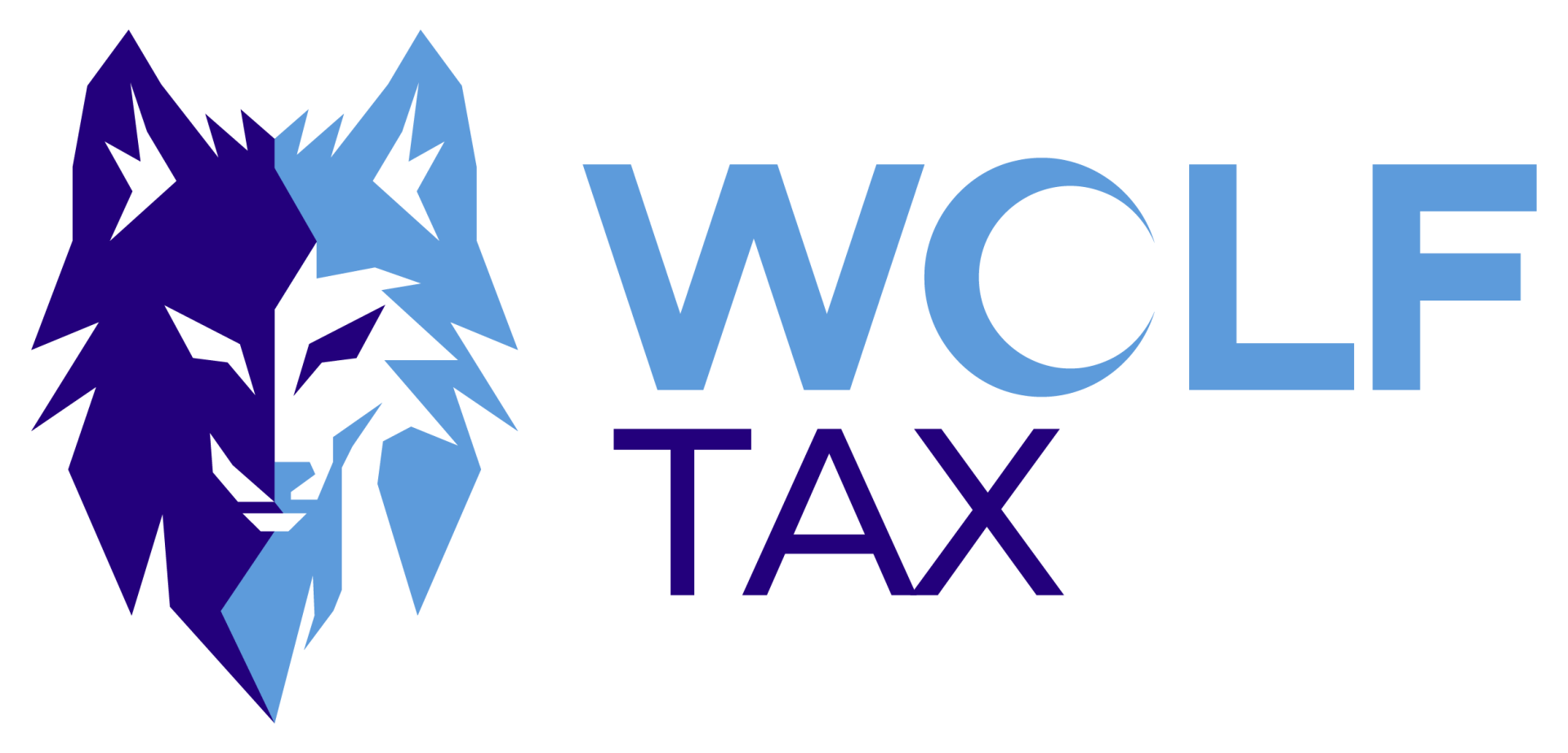The Truth About the IRS Fresh Start Program
Many tax relief companies advertise how they specialize in the IRS "Fresh Start" program and that they can save taxpayers money in back taxes. The IRS implemented the Fresh Start program to help taxpayers who were struggling to pay their back taxes that they owed. But what is the IRS "Fresh Start" program.
In Simple terms, the Fresh Start Program expanded already in place IRS settlement procedures. It gives taxpayers the chance to pay off the balance they owe in full over a longer period of time or attempt to settle a debt for less than the taxpayer owes. This program was a huge win for the taxpayer and should be applauded for the changes that it made.
However, the Fresh Start program isn’t a specific program that can be taken by itself. It expands already existing programs such as the Installment Agreement or the Offer in Compromise (OIC).
When did the Fresh Start program begin?
In 2011, the IRS released IR-2011-20 in order to help taxpayers with liens and installment agreements. Here are the following changes:
- Relaxed lien filing threshold: The lien filing threshold for taxpayers not in an agreement and owed the IRS went up from $5,000 to $10,000.
- Ability to requests lien withdrawals
- Increasing payment term thresholds: IRS expanded its streamlined payment plans from $25,000 to $50,000. Also, increasing the terms from 60 months to 72 months to pay it off in full. If taxpayer enters into direct debit payments from bank account and they owe less than $50,000, a lien will not be filed.
Common misconception: in regard to this order, that you can pay less than what you owe. That is not the case, the IRS is just giving you more time to pay your balance off in full and relaxing the terms for a lien filing.
What other Changes were introduced to the Fresh Start Program?
In 2012, the IRS released IR-2012-53. This new order changed the previous Offer in Compromise program. The OIC program allows taxpayers to settle their tax liabilities for less than what they owe. Why these changes matter:
- Revised the calculation for taxpayer’s future income
- Allows taxpayers to claim student loans as valid expenses
- Allows taxpayers to pay back state taxes as valid expenses
- Expanding allowable living expenses
The biggest change to the OIC program is the future income approach. When the IRS calculates the taxpayer’s reasonable collection potential, it will now look at only one year of future income for offers paid in fewer than 5 months and for offers paid between 6 and 24 months, two years.
Common misconception: in regard to the OIC, that you can call the IRS and settle with them. The OIC is a rather lengthy two part process that looks at your assets and income/expenses. You need to send in an offer through the mail and it takes at least 6 months and all the way up to two years for the IRS to make a decision.
Does the Fresh Start Program still exist?
The answer is quite confusing. The changes that the IRS made still exists to specific programs, but the IRS no longer uses the terminology. This has not stopped companies from using this advertising language to sell their services. You can’t call the IRS and requests the Fresh Start program. The most common programs offered by the IRS are Currently Non Collectible, a Payment Plan or an Offer in Compromise. Other different resolution options exist as well, but are not as popular.

